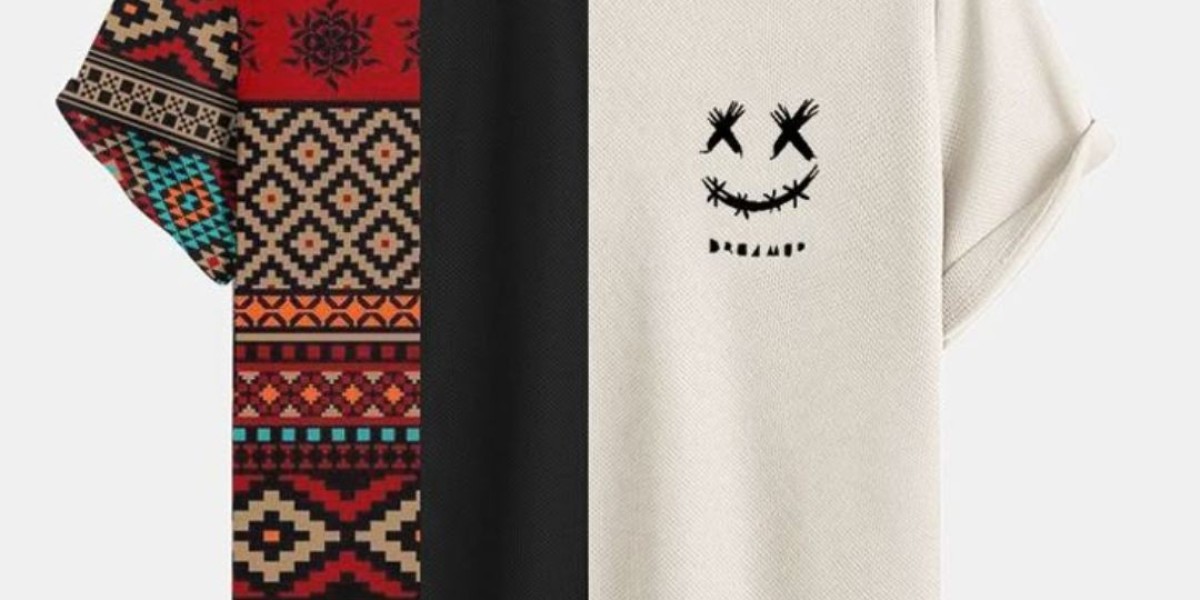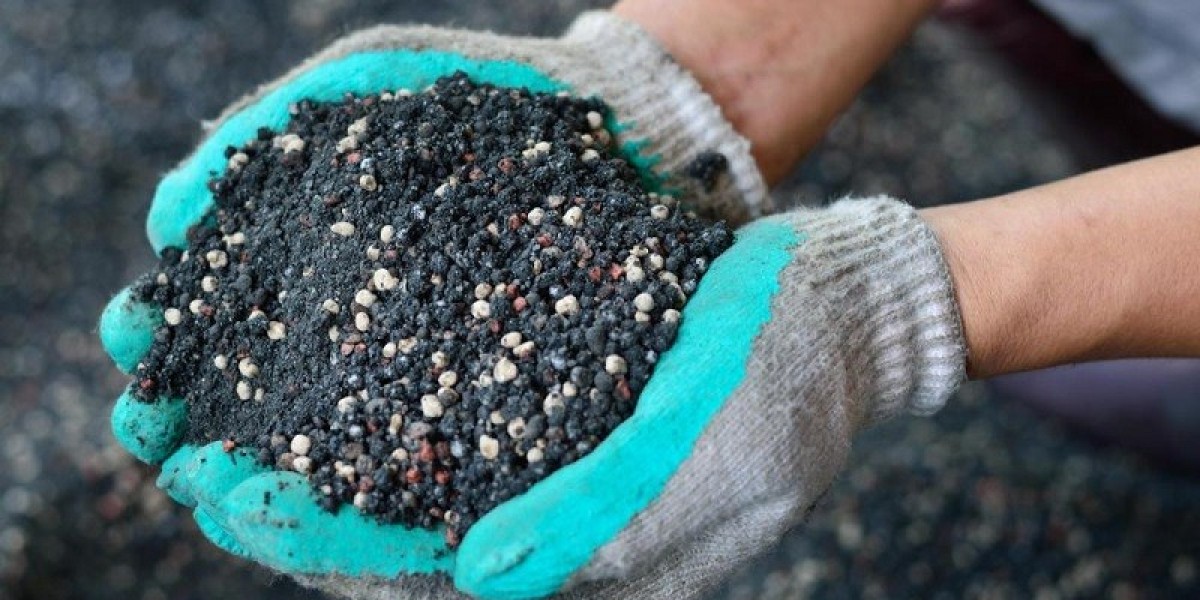T-shirts are one of the most popular and comfortable pieces of clothing worn by people of all ages around the world. Whether you’re dressing casually for a day out, working out, or expressing your personality, a T-shirt is almost always the go-to choice. But have you ever wondered how T-shirts are made, printed, and personalized? If you’re looking for quality, you might come across a T-shirt manufacturer in Chennai who handles the entire production process — from selecting the fabric to delivering the final product. This article will take you through the entire journey of a T-shirt — from the raw material to a finished, customized garment that you can proudly wear.
How T-Shirts Are Made
The journey of a T-shirt begins long before it reaches the store shelves or your wardrobe. It all starts with the fabric.
1. Choosing the Fabric
Most T-shirts are made from cotton because it is soft, breathable, and comfortable. Some T-shirts also use blends of cotton with synthetic fibers like polyester to add stretch, durability, or moisture-wicking properties. The quality of the fabric determines how comfortable and long-lasting the T-shirt will be.
2. Spinning the Yarn
The raw cotton fibers are first cleaned and spun into yarn. This yarn is the basic thread used to weave or knit fabric. The spinning process twists the fibers together to create a strong, continuous thread.
3. Knitting or Weaving the Fabric
For T-shirts, knitting is the preferred method because it produces fabric that is stretchy and soft. The yarn is looped together in a series of stitches, creating a smooth and flexible material known as knit fabric. This flexibility is what makes T-shirts comfortable and easy to wear.
4. Dyeing the Fabric
After the fabric is knitted, it usually comes in a plain, natural color. To give T-shirts their wide variety of colors, the fabric is dyed using large machines. Dyeing can be done before or after cutting and sewing, depending on the design requirements.
5. Cutting and Sewing
Once the fabric is ready, it’s cut into various pieces that will form the T-shirt’s body, sleeves, and neckline. These pieces are then sewn together using industrial sewing machines. Quality control checks ensure the seams are strong and the shape is correct.
6. Finishing Touches
Finally, the T-shirt may go through processes like ironing, folding, and packaging. Labels with size and care instructions are attached, and the T-shirt is ready for sale.
How T-Shirts Are Printed
Printing adds personality and style to a plain T-shirt. There are several common methods used to print designs, logos, or text onto T-shirts.
1. Screen Printing
Screen printing is one of the oldest and most popular methods. In this process, a stencil (or screen) is created for each color in the design. Ink is then pushed through the screens onto the fabric. This method produces vibrant colors and is great for bulk printing of the same design.
2. Heat Transfer Printing
This method uses heat to transfer a printed image from special paper onto the T-shirt. The design is first printed on transfer paper using a regular printer, then placed on the fabric, and pressed with a heat press machine. Heat transfer is good for small batches and detailed images.
3. Direct-to-Garment (DTG) Printing
DTG printing is like using a regular inkjet printer, but it prints directly onto the fabric. This method allows for detailed, multi-colored designs without the need for screens or transfers. It’s perfect for custom or one-off T-shirts with complex artwork.
4. Sublimation Printing
Sublimation is a process where dye turns into gas and bonds with polyester fibers in the fabric. This creates vibrant, long-lasting prints that don’t peel or crack. However, it works best on light-colored, polyester-rich fabrics.
5. Embroidery (Though Not Printing)
While not a printing method, embroidery is another popular way to decorate T-shirts. Designs are stitched into the fabric with colored thread, giving a textured and durable finish.
How T-Shirts Are Personalized
Personalization is what turns a regular T-shirt into something unique and meaningful. It allows individuals or groups to add their own touch — from names and numbers to special messages and graphics.
Many companies specialize in creating customized T-shirts Chennai for individuals and businesses alike. These providers help bring your ideas to life, turning blank shirts into memorable pieces of clothing.
1. Choosing the Design
The first step in personalization is deciding what design or text you want on your T-shirt. It could be a favorite quote, a logo, a photo, or artwork. Many online platforms and local stores offer design tools to help create the perfect image.
2. Selecting the Printing Method
The choice of printing method depends on the complexity of the design, the number of T-shirts, and the fabric type. For example, DTG is excellent for full-color custom prints, while screen printing works well for large orders with simple designs.
3. Picking the T-Shirt Style and Color
Personalized T-shirts come in different fits — such as slim, regular, or loose — and a variety of colors. Choosing the right style and color helps your design stand out.
4. Adding Personal Details
Many people like to add names, numbers, or dates to commemorate special events such as birthdays, family reunions, sports teams, or company outings. These details make the T-shirt truly one of a kind.
5. Printing and Quality Check
Once the design and details are finalized, the printing is done, followed by a quality check to ensure the design is sharp, colors are accurate, and the T-shirt looks exactly how you imagined.
6. Packaging and Delivery
For personalized T-shirts ordered online, they are carefully packed and shipped directly to the customer’s doorstep, making the whole process convenient.
Why Personalized T-Shirts Are Popular
Personalized T-shirts have become a popular way to express individuality and create memories. They are used for many occasions:
Events and Celebrations: Birthdays, weddings, family reunions, and festivals.
Corporate Identity: Company logos on T-shirts help build brand awareness.
Sports Teams: Team names, player numbers, and mascots create team spirit.
Fundraisers and Campaigns: Personalized T-shirts raise awareness for causes.
Fashion Statement: Unique designs showcase personal style and creativity.
Taking Care of Your T-Shirts
To keep your T-shirts looking fresh and vibrant for a long time, it’s important to follow a few simple care tips:
Wash inside out in cold water to protect the print.
Use mild detergent and avoid bleach.
Avoid high heat when drying; air-drying is best.
Iron inside out on a low setting if necessary.
Store folded neatly to avoid stretching.
Conclusion
T-shirts are more than just casual clothing — they are a canvas for creativity and self-expression. Understanding how they are made, printed, and personalized gives you a deeper appreciation for this everyday essential. Whether you buy a plain T-shirt or a customized one with your own design, now you know the journey it takes to reach your wardrobe. So next time you wear a T-shirt, think about the craftsmanship, technology, and personal touch behind it.








